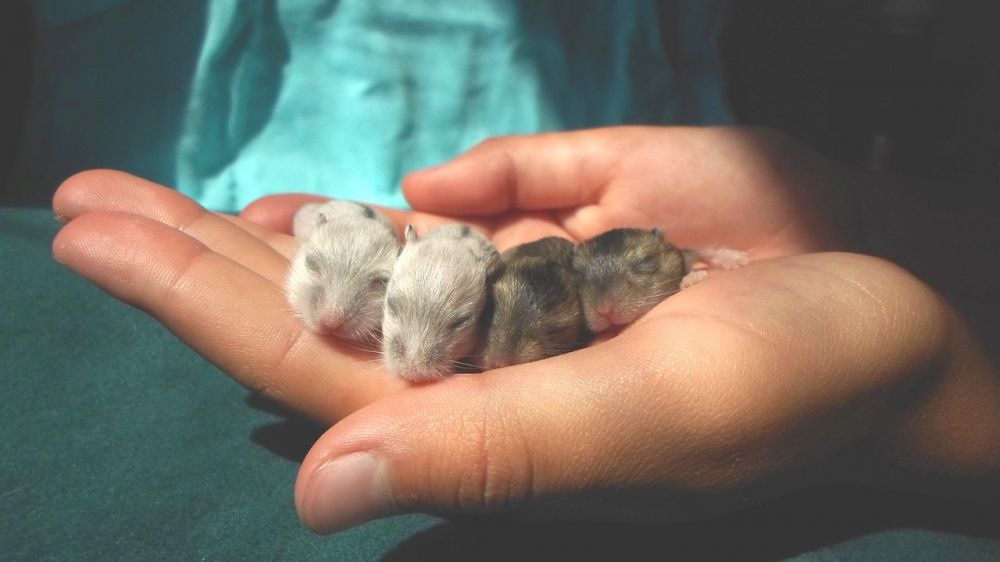Hamster Mature: A Comprehensive Guide to Understanding and Caring for Mature Hamsters

Introduction:
Hamsters are adorable and popular pets that bring joy and companionship to many households. As these furry creatures mature, they require specific care and attention to ensure their health and happiness. In this comprehensive guide, we will explore the world of mature hamsters, including their types, popular breeds, quantitative measurements, differences, and a historical overview of the advantages and disadvantages of various hamster mature types.
I. An Overview of Hamster Mature

Hamster mature refers to the stage in a hamster’s life when it reaches adulthood and begins to develop unique physical and behavioral characteristics. The maturity period typically occurs around three to four months, but the exact timing can vary depending on the breed. During this phase, hamsters experience physical growth spurts and undergo hormonal changes that impact their overall well-being.
II. Presentation of Hamster Mature
1. Types of Mature Hamsters:
– Syrian Hamsters: These are the most common and popular type of mature hamsters. They have a round body shape, short fur, and are solitary animals.
– Dwarf Hamsters: This category includes Campbell’s, Winter White, Roborovski, and Chinese hamsters. They are smaller in size, have a longer lifespan, and can be housed in pairs or small groups.
2. Popular Mature Hamster Breeds:
– Teddy Bear Hamsters: Known for their long and fluffy fur, Teddy Bear Hamsters have a friendly and docile temperament, making them great pets for families.
– Russian Dwarf Hamsters: These petite hamsters are known for their agility and energy. They require ample space and mental stimulation to prevent boredom.
III. Quantitative Measurements about Hamster Mature
To ensure the optimal care of mature hamsters, it is crucial to consider various quantitative measurements. These include:
1. Average Lifespan: Syrian hamsters generally live between two to three years, while dwarf hamsters have a lifespan of around three to four years.
2. Recommended Cage Size: The minimum cage size for a mature hamster should be at least 450 square inches to provide enough room for exercise and exploration.
3. Daily Food Consumption: Hamsters consume approximately 10-12 grams of commercial hamster food per day. It is important to provide a balanced diet consisting of pellets, fresh vegetables, and occasional treats.
4. Wheel Size: A properly-sized wheel is crucial for a hamster’s physical and mental well-being. The wheel should have a diameter of at least 8 inches for Syrian hamsters and 6 inches for dwarf hamsters.
IV. Discussion on Differences Among Hamster Mature Types
While all mature hamsters share common characteristics, there are significant differences that should be considered when selecting a pet. These differences include:
1. Size: Syrian hamsters are larger than dwarf hamsters.
2. Social Nature: Syrian hamsters are solitary animals, while dwarf hamsters can be housed together in pairs or small groups.
3. Lifespan: Syrian hamsters generally have a shorter lifespan compared to dwarf hamsters.
4. Maintenance: Syrian hamsters require less maintenance, while dwarf hamsters need more mental stimulation and exercise.
V. Historical Overview of Advantages and Disadvantages of Different Hamster Mature Types
Over the years, various types of mature hamsters have gained popularity, each with its advantages and disadvantages. These include:
1. Syrian Hamsters:
– Advantages: Easy maintenance, low social needs, and availability in different coat colors and patterns.
– Disadvantages: Solitary nature, potential for territorial behavior.
2. Dwarf Hamsters:
– Advantages: Sociable, can be housed together, longer lifespan, and high energy levels.
– Disadvantages: Require a larger cage, need more mental stimulation, may be more challenging to handle.
Conclusion:
Caring for a mature hamster requires knowledge and understanding of their unique needs. By providing an in-depth overview of hamster mature, including types, presentations, quantitative measurements, differences, and a historical overview, this comprehensive guide aims to equip pet owners with the necessary information to ensure their hamster’s well-being. Remember, a happy and healthy mature hamster will bring years of joy and companionship to your life.
















































